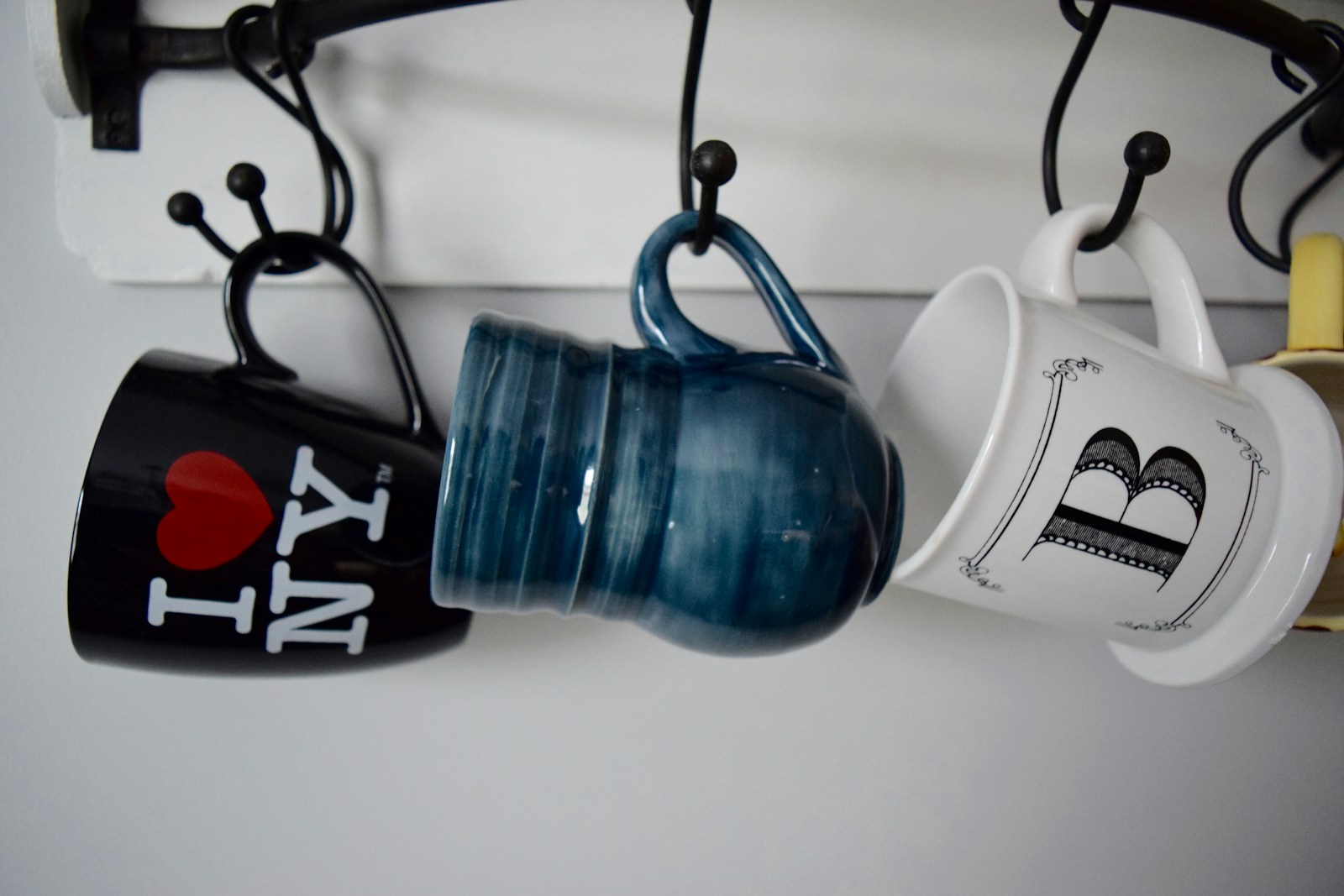In the world of beverages, few elixirs offer the same level of enjoyment and ritual as a well-brewed cup of coffee. This guide aims to clarify the fundamental aspects of brewing the perfect cup—an art that combines quality ingredients, precise techniques, and personal preferences.
First and foremost, the selection of coffee beans plays a crucial role in determining the flavor profile of the final product. High-quality, freshly roasted beans are essential. Coffee enthusiasts often recommend sourcing beans from reputable roasters, preferably those that provide single-origin options. This allows the drinker to appreciate distinct regional flavors, whether it be the bright acidity of Ethiopian beans or the decadent chocolate notes found in Colombian varieties.
Once the beans are obtained, the next critical step is proper grinding. The grind size should correspond to the brewing method used; for instance, a coarse grind is ideal for a French press, while a fine grind is preferable for espresso. Freshly ground beans should be used just before brewing to maximize flavor extraction and aroma.
The water used in brewing is equally essential. It is advisable to use filtered water free of impurities that could alter the taste. The temperature of the water should ideally be between 195°F and 205°F (90°C to 96°C), as water that is too hot may scald the coffee, while cooler temperatures can under-extract the flavor.
The brewing method is where personal preferences can truly shine. Whether one opts for a French press, pour-over, or an automatic coffee maker, each technique offers a unique approach to extraction. For instance, the French press allows oils and sediment to pass through, resulting in a richer mouthfeel, whereas pour-over methods typically produce a cleaner, more nuanced cup. Experimenting with different techniques can help in discovering one’s preferred flavor characteristics.
